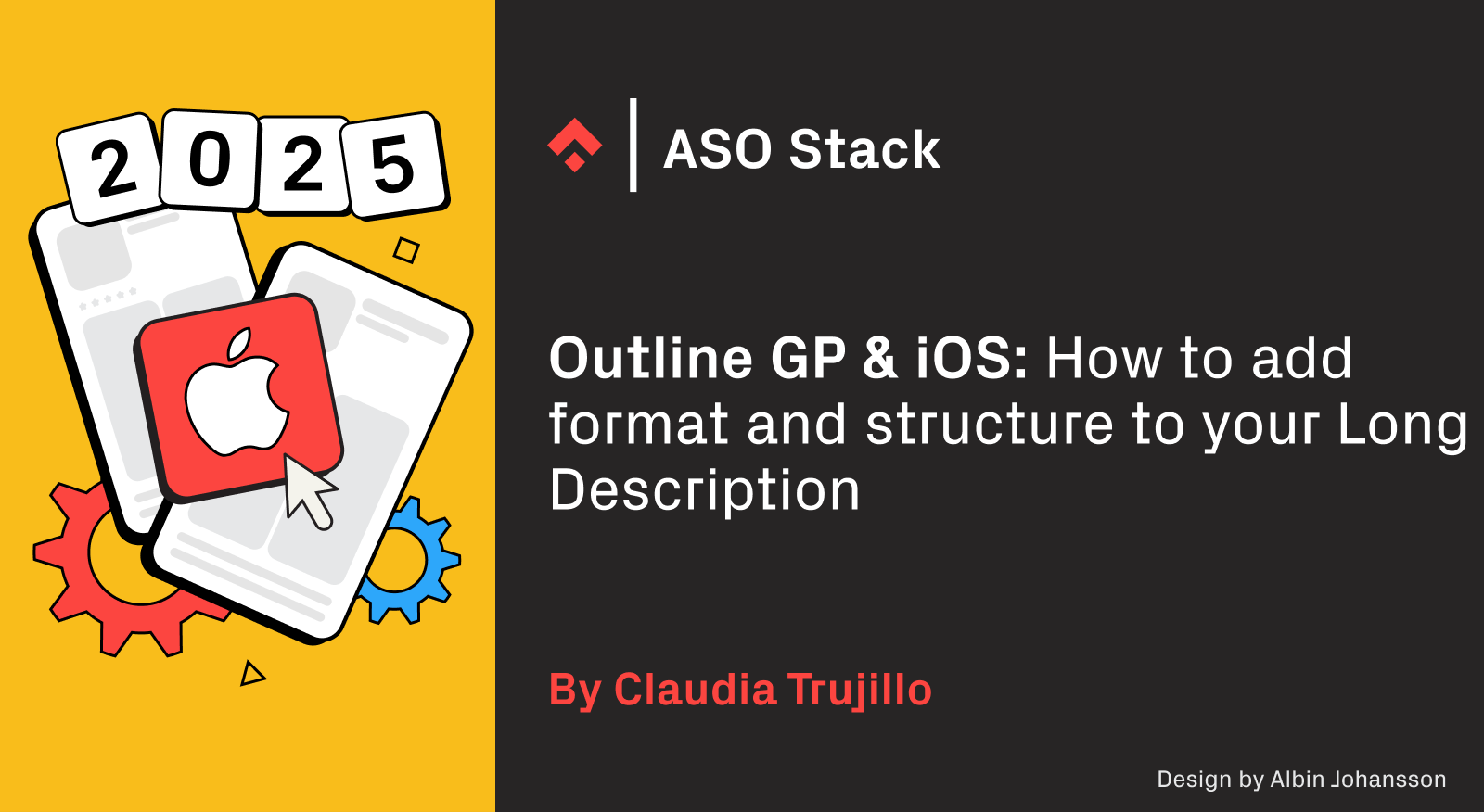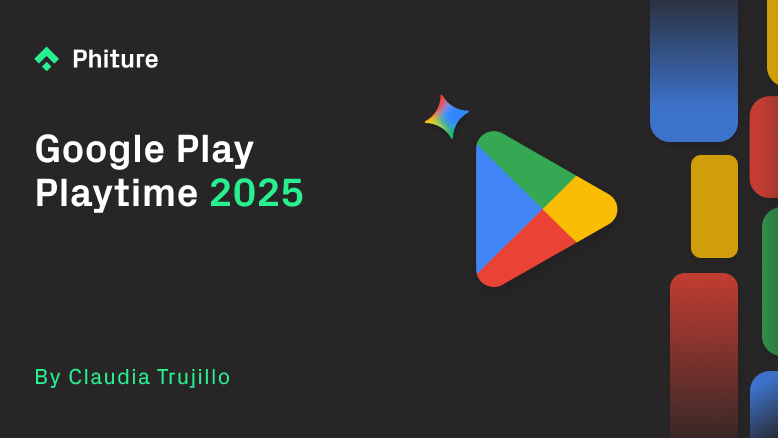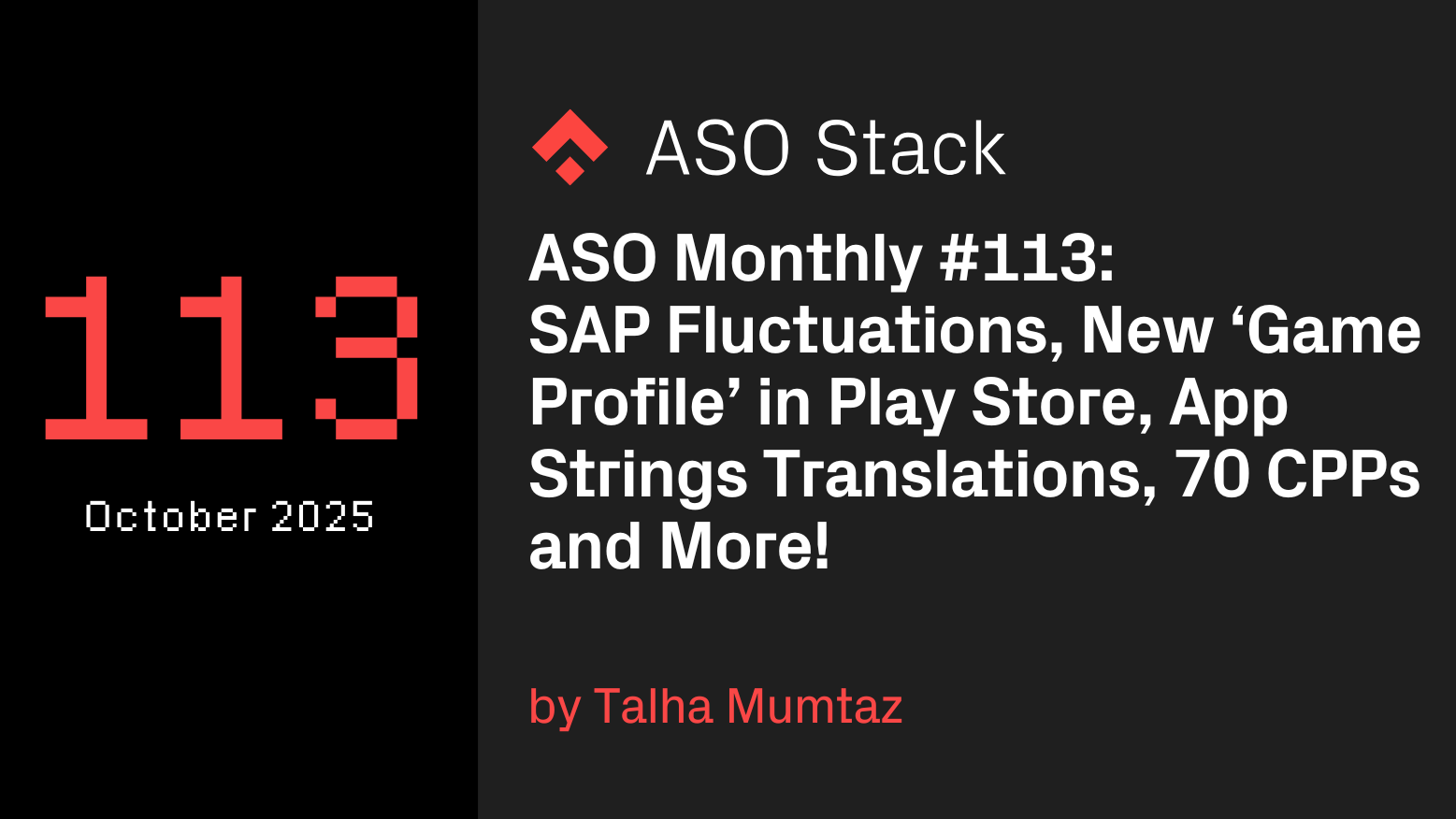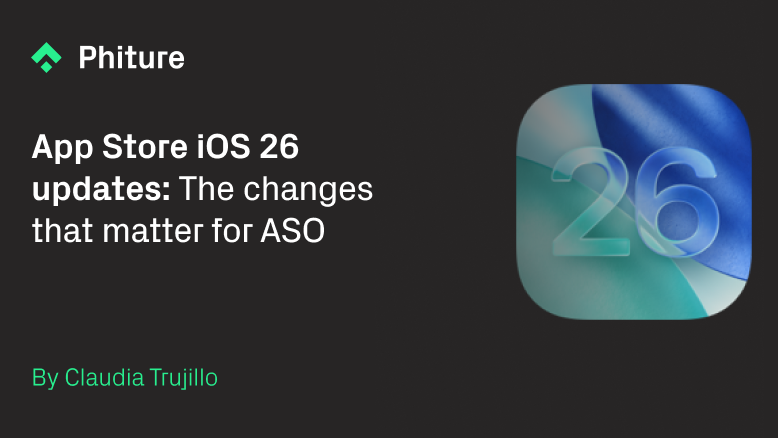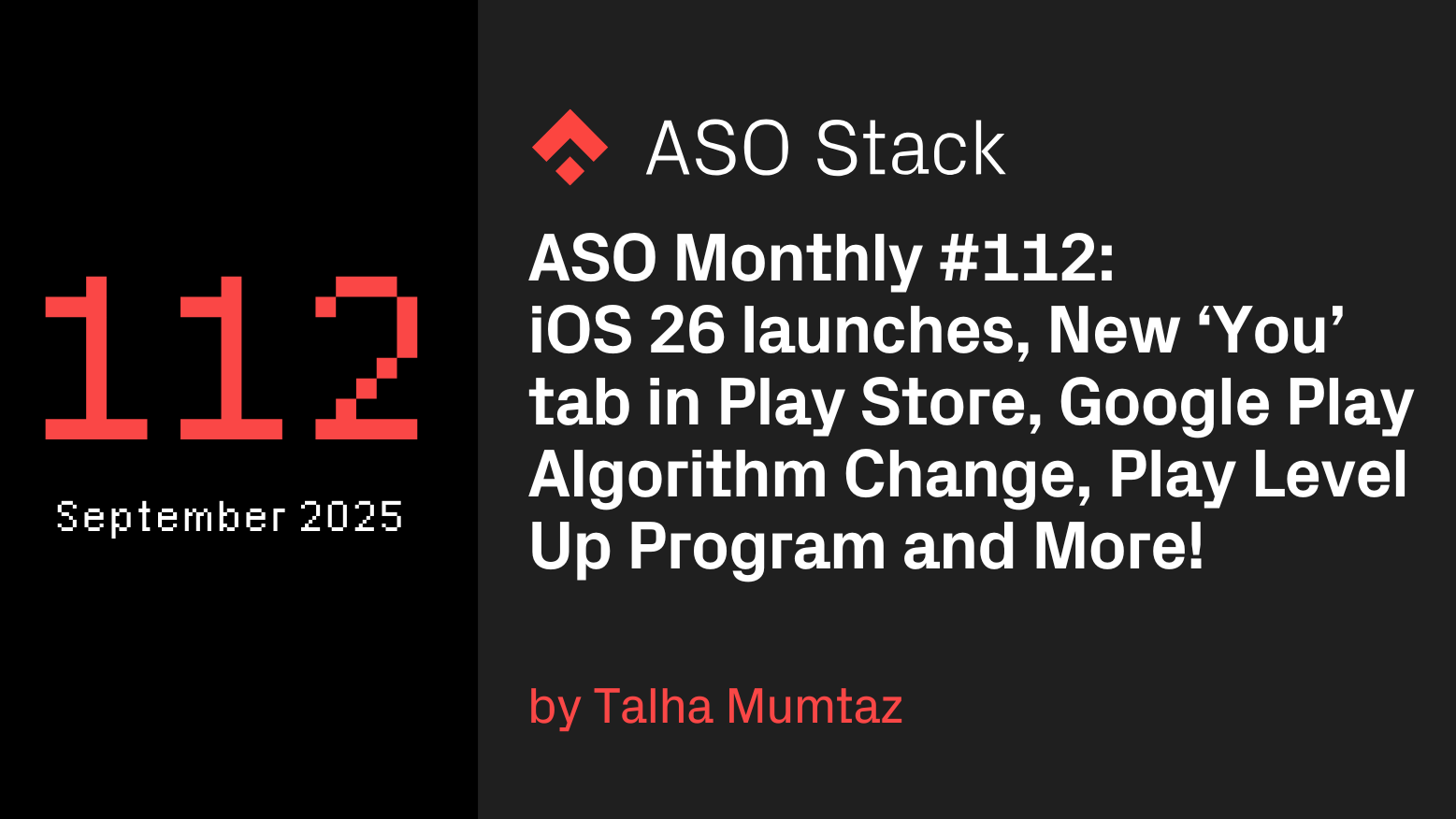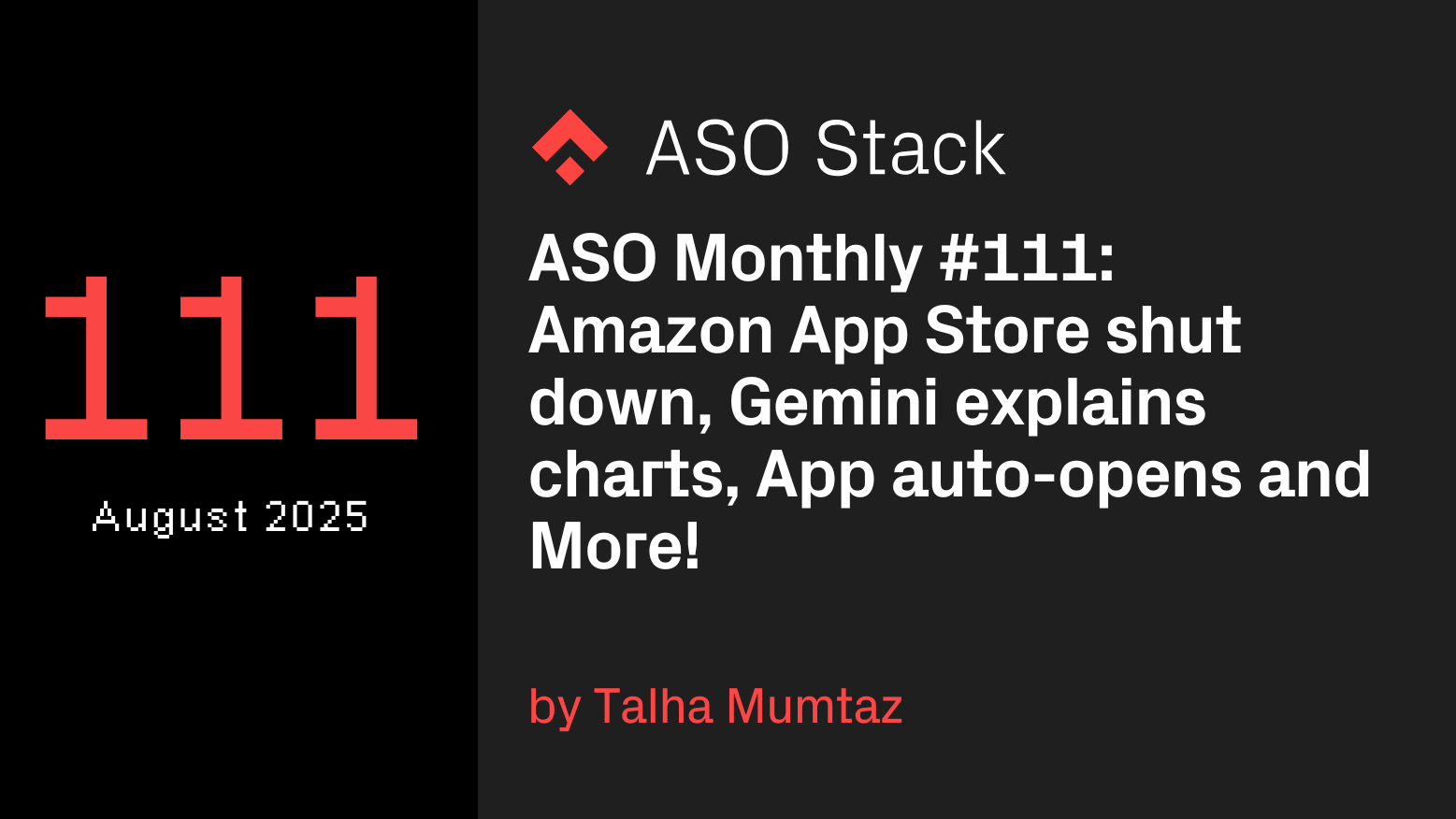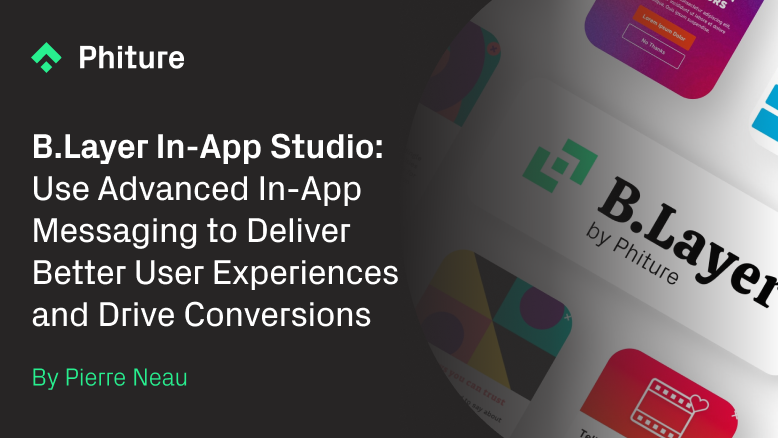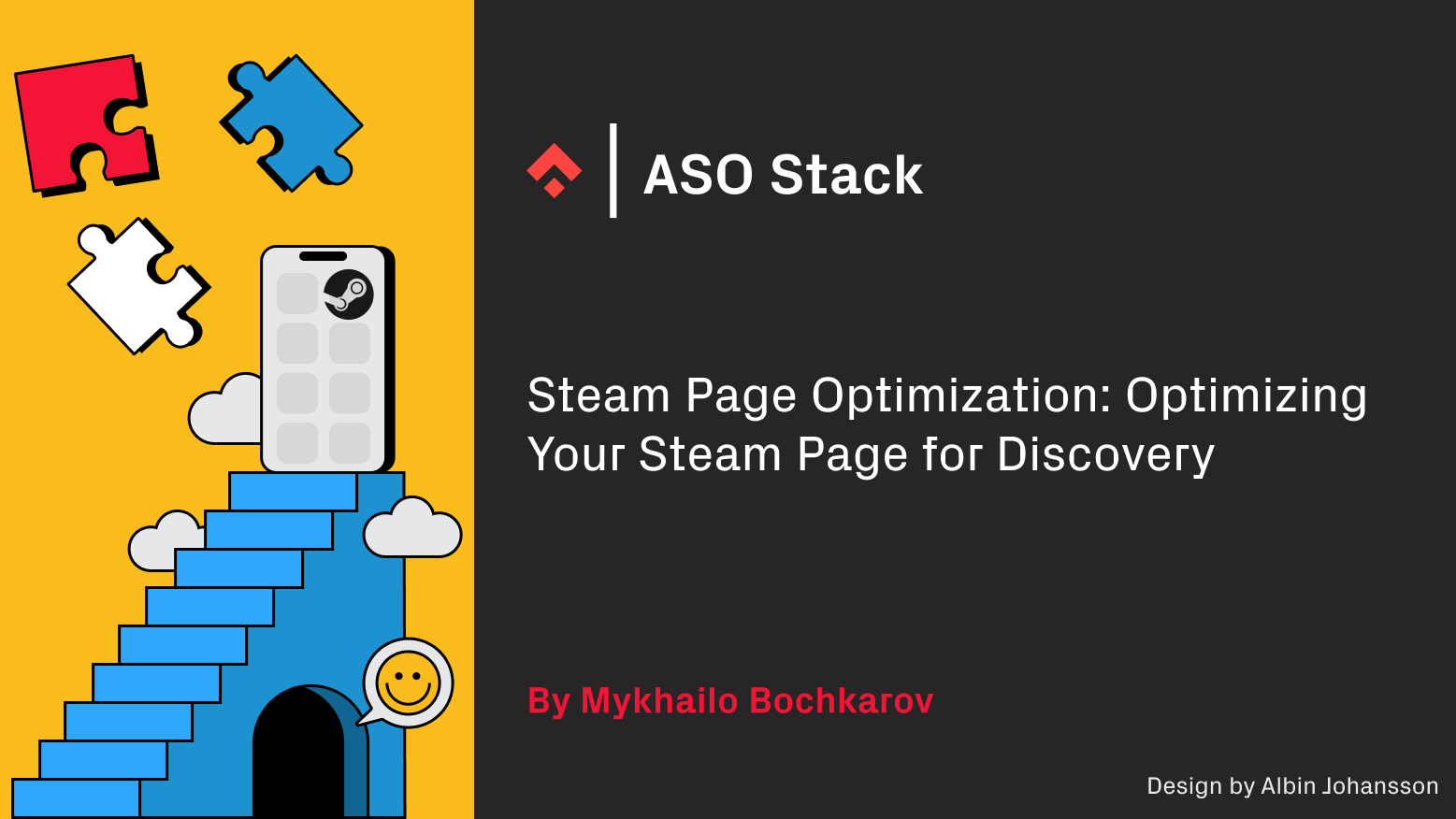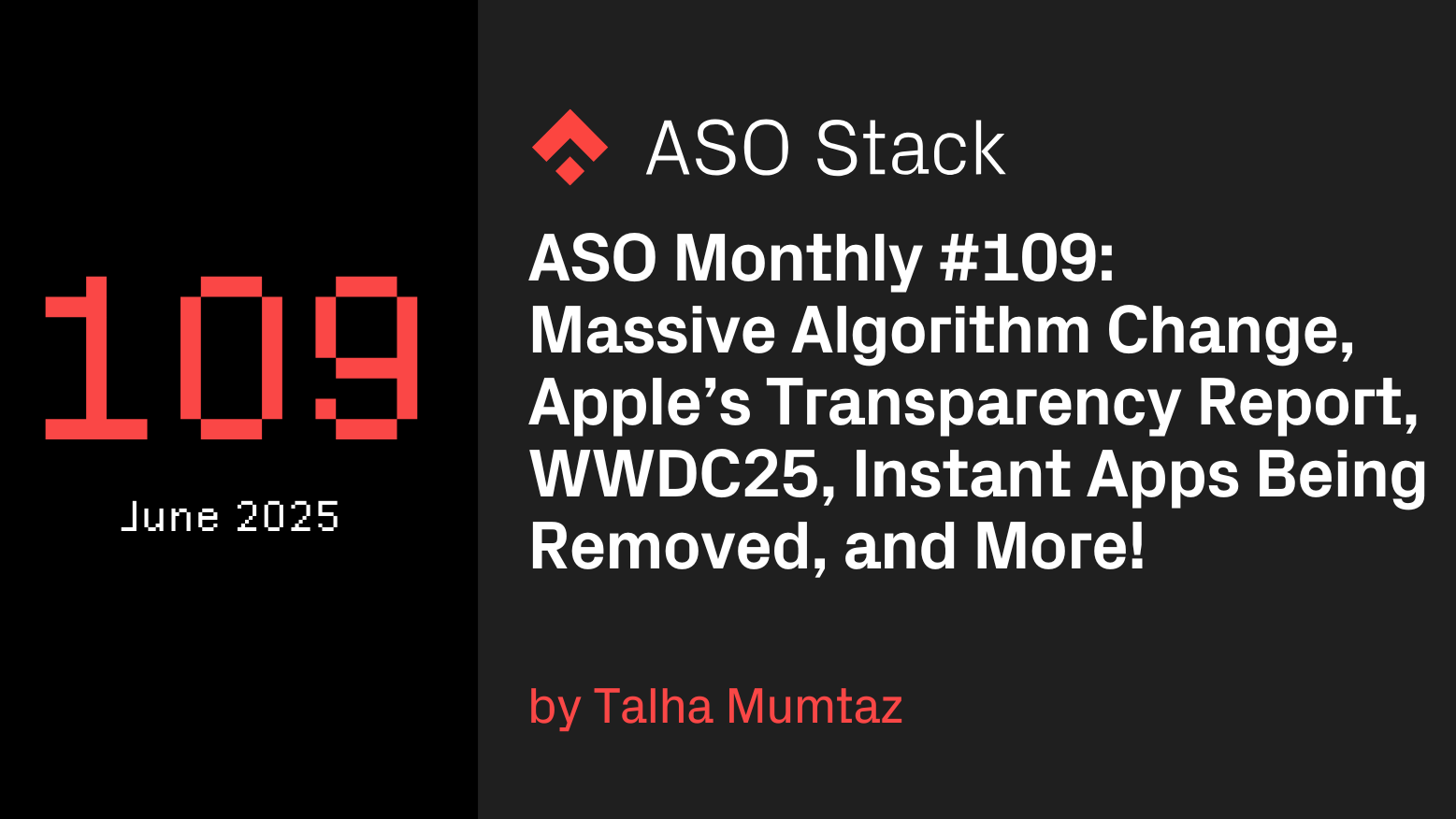Introduction to what a Long Description is
In the world of App Store Optimization (ASO), your long description is one of the most powerful tools to communicate your app’s value, drive conversions, and boost visibility. While short descriptions and titles catch the eye, the long description delivers depth and context. That’s why formatting and structure play a crucial role in improving readability and helping your users (and algorithms) absorb your key value propositions.
Importantly, formatting capabilities differ between Google Play and the iOS App Store; each has unique constraints and possibilities that affect how your content can be portrayed.
What Is a Long Description in ASO?
A long description is the section of your app listing that provides an extended and detailed overview of your app’s features, benefits, and use cases. It appears on your Google Play or iOS App Store page when users tap “read more.”
Beyond informing users, this field is crucial for keyword strategy, especially on Google Play, where keywords in formatted text (e.g., inside HTML tags) may have additional weight in algorithm indexing.
Why Format Your Long Description?
Formatting is more than aesthetic. It:
- Enhances readability on mobile, where long paragraphs can be overwhelming.
- Helps users quickly spot key benefits and features.
- Increases conversion rates by guiding attention to what matters most.
- Assists LLMs and crawlers in parsing content hierarchy for better indexing.
Formatting Options: What’s Allowed
Google Play
✅ Supports:
- HTML tags (like headings <h1>, <h2>, <h3>,<b>, <i>) for structure and emphasis
- Emojis, interpreted as keyword-relevant elements (e.g., 🏀 = “basketball”)
- ASCII symbols such as [ ], –, ▶, ◉, √
- Line breaks and bullet points
🚫 Does not allow:
- Full HTML (like images)
- Nesting tags if multiple heading tags are used
iOS App Store
✅ Supports:
- Line breaks to rely on spacing and sentence structure
- All CAPS as a substitute for headers
- Limited ASCII symbols (–, ▶, ◉, etc.)
🚫 Does not allow:
- HTML tags
- No special characters, URLs, hyperlinks <a href>, Emojis (could result in metadata rejection – can even block your ability to save and submit metadata changes)
How to Structure a High-Converting Long Description
Google Play: Suggested Structure
- Opening Hook (1–2 lines)
Grab attention with your top feature or unique value. Make sure you start with a ‘WOW’ moment of what the user is going to be reading.
Don’t forget to create a connection with what the visuals are presenting. - Feature Highlights
Use bullet points, HTML <b> tags, spacing, or emojis for clarity. - Social Proof or key stats
Mention user stats, press mentions, or awards. Avoid talking about your performance in the store – that is off limits and will be a cause of rejection. - Value Blocks or FAQs
Address common user needs or concerns directly. Here, you can address the most common topics from the user’s reviews. - Strong CTA
Close with a compelling call to download.
iOS App Store: Suggested Structure
- Concise Intro
Highlight top features in one short paragraph. Get the users hooked on what your product is about and create a narrative with the visual assets. - Short Paragraphs
Keep sentences clean and well-spaced. Add structure with spacing to ease reading the content. - ALL CAPS Headers + ASCII Bullets
Compensate for lack of HTML with visual hierarchy. Create combinations of ASCII characters and All Caps for bullet points. - Minimal CTA – Keep it easy
Avoid strong sales language; Apple prefers neutral tones.
Tips for Better Formatting
- Use ✓, –, •, ◉, ▶ to break visual monotony.
- Write in an active voice with punchy, skimmable lines.
- Avoid ALL CAPS except for headers.
- Test formatting using: ASO Tools, HTML testing environments, or SEO websites
- Validate character counts using accurate tools like “Character Count” or features from ASO Tools store listing simulators, instead of Word or Google Docs.
Common Mistakes to Avoid
- Dense walls of text with no breaks
- Excessive emojis or symbols
- Not respecting platform-specific rules
- Keyword stuffing that feels unnatural
Examples: Before & After
Google Play – Before
“Our app helps you manage tasks with ease. You can create, edit, and delete tasks and set reminders.”
Google Play – After
html
CopyEdit
<h2>✔️ Manage Tasks Efficiently</h2>
- Create, edit, and delete with a few taps
- Set custom reminders ⏰
- Stay productive on-the-go!
iOS – Before
“Track your fitness goals and see progress over time. Includes steps, heart rate, and more.”
iOS – After
TRACK YOUR FITNESS GOALS
▶ Track steps, heart rate & more
▶ View weekly progress & stats
▶ Stay healthy and motivated!
Tools to Help Format Your Long Description
Here are some tools I personally recommend for formatting and polishing your long description:
- ASO Tools – Store Listing Preview: For previewing formatting before upload and submitting those to the consoles
- Emojipedia: Source for emoji meanings and copy-pasteable assets
- Grammarly: To ensure clarity and tone
- Hemingway Editor: Great for skimmability and sentence simplicity
- CharacterCountTool.com: For accurate character monitoring (especially with HTML or emojis)
- HTML simulators like W3, the formatting will not be 100% as on the Google Play Store UI, but you will get a glimpse of how it will end up looking.
FAQ
Q1: Does formatting affect keyword indexing on Google Play?
Yes, especially text wrapped in HTML tags can be given higher weight when read by the algorithm.
Q2: Can I use HTML in long descriptions?
Only on Google Play. iOS doesn’t support it.
Q3: Do emojis work on both stores?
No, only Google Play supports them.
Q4: Should I format all language localizations or only the main store language?
You need to format all language localizations; the formatting is not fetched as a template between store listing localizations. At least the formatting of HTML code and ASCII is a universal language, and you don’t need to localize it, ha!
Q5: How often should I update my long description?
With every major feature update or seasonality, ideally, once a quarter.
12. Conclusion
A well-formatted long description bridges the gap between discovery and conversion. By aligning your structure with platform guidelines, you not only make your copy easier to read but also help both users and algorithms better understand your app’s value.
Test, iterate, and track performance—formatting is your silent growth partner.
At Phiture, we help leading apps optimize every element of their store presence – from keyword strategy to creative testing and metadata formatting to maximize visibility and conversions. If you’re looking to refine your long descriptions or develop a holistic ASO strategy, get in touch with our team to see how we can help your app grow.
FAQ
Q1: Does formatting affect keyword indexing on Google Play?
Yes. On Google Play, text wrapped in HTML tags (like <b> or <h2>) can carry more weight in the algorithm, improving keyword indexing.
Q2: Can I use HTML in long descriptions?
Only on Google Play. The iOS App Store does not support HTML formatting.
Q3: Do emojis work on both stores?
No. Emojis are only supported on Google Play. On iOS, including emojis in the metadata may even cause rejection.
Q4: Should I format all language localizations or only the main store language?
You should format all language localizations. Formatting such as line breaks, ASCII symbols, and HTML structure won’t carry over automatically between versions.
Q5: How often should I update my long description?
Best practice is to update with every major feature release or seasonal campaign, ideally at least once per quarter.
Q6: What’s the difference between Google Play and iOS formatting rules?
Google Play supports HTML, emojis, and richer formatting, while iOS relies only on line breaks, spacing, ALL CAPS headers, and limited ASCII symbols.
Q7: What common mistakes should I avoid?
Dense walls of text, keyword stuffing, overuse of emojis, ignoring platform-specific guidelines, or creating descriptions that feel robotic instead of user-friendly.
Table of Contents

